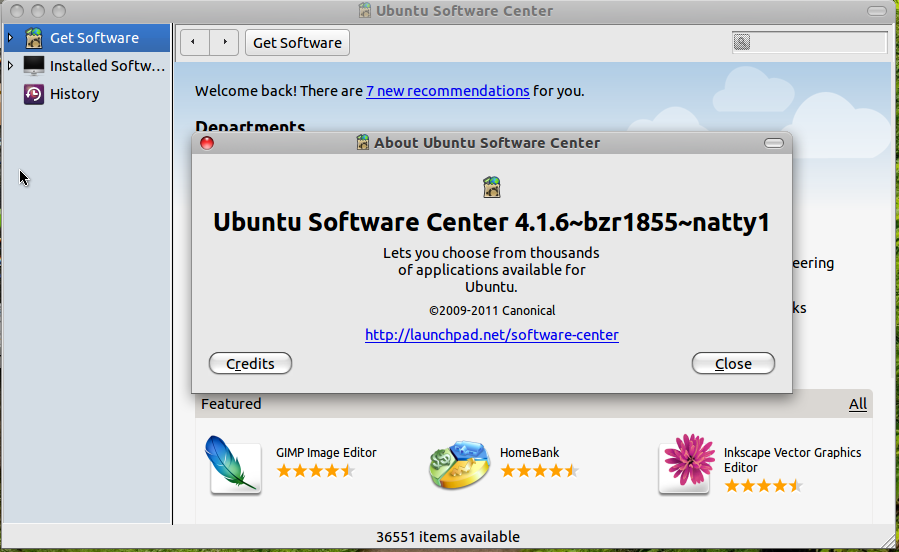
Green: Ubuntu version is in sync with version in unstable Light blue: package pending for stable proposed updates (not shown if also in stable security) Red: package in stable security (not shown if also in stable)ĭark blue: package in stable proposed updates (not shown if also in stable security) Version columns are color-coded, mouseover titles show more information: If there are merged bugs, the total is in parentheses The 'Bugs' columns display the real number of bugs. The description of the package is available as mouseover title from the package name.Īn asterisk (*) indicates the presence of co-maintainers (Uploaders: control field)īlue packages are co-maintained by this developer If that command returns “hello, world”, then Go is successfully installed and functional.Packages overview for Felix Natter Felix Natter - Bugs: open - RC - all - submitted - WNPP - Reports: Dashboard - Buildd - Lintian - Debtags - Piuparts - Janitor - Contributions - Repology - Portfolio With the file compiled, you can run it by simply executing the command: Save and close the file, then compile it by invoking the Go command install: This program will print “hello, world” if it successfully runs, which will indicate that Go programs are compiling correctly.
#UBUNTU INSTALL FREEPLANE 1.6 CODE#
Inside your editor, paste the code below, which uses the main Go packages, imports the formatted IO content component, and sets a new function to print “Hello, World” when run. Next, you can create a simple “Hello World” Go file. If you do not plan to use GitHub to store and manage your code, your folder structure could be something different, like ~/my_project. You can replace the value user with your GitHub username if you plan to use Git to commit and store your Go code on GitHub. Then, create a directory hierarchy in this folder through this command in order for you to create your test file. Now that Go is installed and the paths are set for your server, you can test to ensure that Go is working as expected.Ĭreate a new directory for your Go workspace, which is where Go will build its files: With the appropriate line pasted into your profile, save and close the file. This example shows the commands if Go is installed in your home directory: export GOROOT= $HOME/goĮxport PATH=$PATH:$GOROOT/bin:$GOPATH/bin If you chose an alternate installation location for Go, add these lines instead to the same file. In this step, we’ll set some paths in your environment.įirst, set Go’s root value, which tells Go where to look for its files.Īt the end of the file, add this line: export GOPATH=$HOME/workĮxport PATH=$PATH:/usr/local/go/bin:$GOPATH/bin

Note: Although /usr/local/go is the officially-recommended location, some users may prefer or require different paths.

Next, you can use sha256sum to verify the tarball: Make sure you’re in your home directory, and use curl to retrieve the tarball: Visit the official Go downloads page and find the URL for the current binary release’s tarball, along with its SHA256 hash. To begin, connect to your Ubuntu server via ssh: In this step, we’ll install Go on your server. This tutorial assumes that you have access to an Ubuntu 16.04 system, configured with a non-root user with sudo privileges as described in Initial Server Setup with Ubuntu 16.04. This tutorial will walk you through downloading and installing Go 1.6, as well as building a simple Hello World application. It is increasingly popular for many applications and at many companies, and offers a robust set of libraries. Go is a modern programming language developed at Google.


 0 kommentar(er)
0 kommentar(er)
